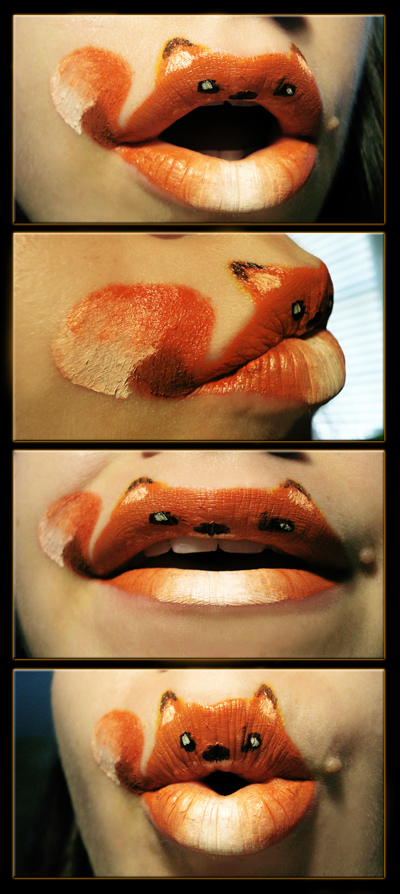(Originally sent September 2009)
I’ve built up a backlog of interesting videos I think are worth sharing, so it’s time for a Video Special. Whenever someone links me to a video I always have two questions I want to know before committing to a click – how long is it, and do I need sound – so I include this information after each link. [In the blog version videos are embedded so you can see the run time; I’ll just note if you need sound – T.M. 7th August 2011]
Everything is amazing, nobody is happy
Standup Louis C. K. gets some great mileage out of how the incredible speed of technological change is still exceeded by the human capacity to adapt to and take for granted new concepts (sound is all you need):
Mad Skills
“A man who taught himself rock climbing and acrobatics to escape poverty in India” – most amazing climbing move features at 30s (no sound needed):
http://www.youtube.com/watch?v=BPN3gLVDsOY
The idea mill
Assuming I saw the same trigger video, this is the fastest turnaround from an individual’s creative work going viral to the same idea being used in an ad I’ve ever seen (sound optional for all of these):
9th April 2009: “Wolf vs Pig”, using a kind of meta-Stop Motion:
2nd July 2009, 84 days later: same concept used in an ad for the Olympus PEN:
A bit later (as it doesn’t seem to have been officially uploaded), the same thing again, this time for Land Rover:
Simplicity
I find this kind of video reassuring – a simple concept and attention to detail in the execution, rather than incredible extravagance, can still produce a really nice result (sound essential):
Teaser trailer
Christopher Nolan (Memento, Dark Knight) has a new film coming out next year. I think this is my favourite teaser trailer ever, for conveying just an atmosphere and a single fun idea (sound not essential but awesome):
